
Physical Fitness and Rugby
Researchers in Canada attempted to identify and categorize the demands placed on rugby players during matches. As a result of this study, it was shown that about forty seven per cent of the time rugby players are either walking or jogging. Six per cent of time is spent sprinting, while nine per cent of time involves tackling or competing for the ball. About thirty eight per cent of the time, rugby players are standing still. Thus, it seems clear that periods of low intensity are mixed with shorter periods of high intensity activity.
The amount and type of movement will also depend on the positional requirements of each player. For example, those playing in the centre and prop positions will require greatly different attributes when it comes to physical fitness. Props tend to be involved in sprinting less than centres, while centres will be required to compete for the ball or tackle far less often than props. With this in mind, training and practice should vary depending on position. Training should be position-specific. For example, props should focus more on building up muscle size and strength, while, on the other hand, centres should seek to develop their acceleration and sprint capabilities.
Rugby and muscle building
Forwards should seek to increase their lean body weight, at the expense of fat mass. With this in mind, body fat levels should be below ten per cent in forwards. Forwards should aim to develop or maintain a body weight that falls somewhere between ninety and one hundred and twenty kilograms. On the other hand, backs will need to develop slightly different body types. Backs should try to develop a good power to body weight ratio. Backs should be quicker and possess the ability to jump higher off the ground. Body fat should be low, and muscle mass should be developed with the aim of enhancing the ability of the body to move quickly over short distances.


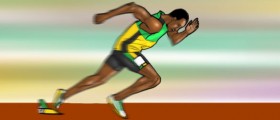
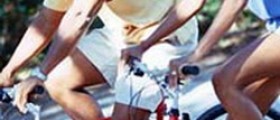

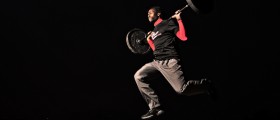



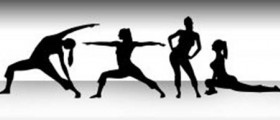
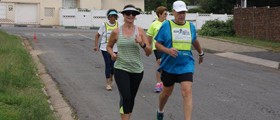

_f_280x120.jpg)

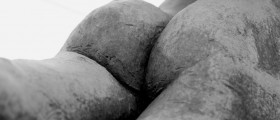
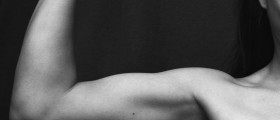
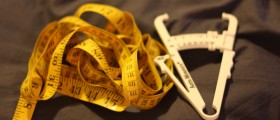
Your thoughts on this
Loading...